Et la mayonnaise va prendre. Sensationnel Sansano… Il va réussir à capter un son qui va redessiner la carte de tout le rock indé américain. Retour sur l’enregistrement de ce disque avec son producteur. Ce dernier aura le mérite de vous faire briller en soirée. Rappelez-vous, avant d’enregistrer les Sonic Youth et les Bats (Fear Of God), Sansano a produit Public Enemy. Après l’enregistrement de la doublette Daydream Nation/Goo, Sansano va décrocher le jackpot en France en produisant IAM. Je danse le Mia et L’école du Micro D’Argent, c’est lui.
Comment as-tu rencontré Sonic Youth ?
Discographie
Sonic YouthNick Sansano : Dave Harrington m’a présenté au groupe. Il était le directeur du Greene Street Recording – un studio du centre-ville où j’ai travaillé en tant qu’ingénieur, mixeur et producteur. Le studio était un endroit assez connu. On y enregistrait des groupes indés, du hip-hop et même de la dance. Le groupe voulait enregistrer dans ce studio car les disques de Public Enemy et de Bomb Squad y avaient été produits. Et puis c’est un lieu éloigné du centre-ville des cols-blancs. Cet endroit était un lieu où toutes sortes de tribus se rencontraient.
Sonic Youth – Teenage Riot
Te rappelles-tu de ta première rencontre avec ce groupe ?
Oui ! Je travaillais sur différents projets hip-hop… Il y avait Public Enemy et Rob Base (It Takes Two). Ils jouaient dans le studio B avec un mur impressionnant d’enceintes Quested. Ils m’ont interrogé sur ma capacité à capturer ce genre d’agression sonore live. Je ne savais vraiment pas comment faire mais j’ai répondu que j’en étais capable. Un peu de naïveté, de l’énergie dûe à ma jeunesse et une bonne dose de confiance.
Comment s’est passé l’enregistrement de Daydream Nation ? Ce fut facile ?
Ce ne fut pas facile. Nous avons tout fait sur une durée relativement courte : environ un mois entre le début de l’enregistrement et la fin du mastering. Nous avons fait tout enregistré en live, dans un espace assez réduit – les défis techniques étaient secondaires étant donné le volume sonore des performances live du groupe. Nous ne voulions pas non plus perdre une partie de la magie de l’improvisation qui se manifestait lors de certaines prises – j’ai donc fait beaucoup de montage sur bande en coupant des sections ou en insérant de grands moments d’improvisations dans les structures cohérentes des chansons. Évidemment, tout est fait de manière analogique. Il n’y a aucun montage fait via Pro-Tools ou Logic. Tout a été découpé avec une lame de rasoir et collé avec du scotch. C’était une époque relativement barbare !
Combien de temps cela vous a pris ? Quel matériel as-tu utilisé ?
J’ai utilisé une console Trident et beaucoup d’équipement externe analogique très old school. J’ai tout arrangé dans le studio pour que les membres du groupe soient séparés par des murs qui arrivaient à leur taille et qui possédaient une vitre en plexi. L’architecture du lieu se devait de dessiner des lignes claires. La batterie était au centre et tout le monde pouvait voir Steve. L’ampli de chaque membre était positionné en face de lui et éloigné de la batterie. Enfin, chaque membre du groupe avait un casque dans lequel il pouvait entendre le mix des pistes.
Comment as-tu trouvé le son du disque ?
Je n’ai vraiment pas trouvé ou créé le son – j’ai travaillé pour le capturer lorsque le groupe jouait. Ils avaient déjà trouvé et créé le « son » du groupe et mon approche était de permettre à ce groupe de s’enregistrer de la façon la plus naturelle possible, dans un endroit peu naturel (un studio d’enregistrement), et de trouver des moyens d’être peu invasifs. Vous connaissez la phrase « d’abord ne pas nuire » dans le secteur médical… J’aborde les artistes de la même façon, je n’impose pas ma volonté. Mon travail est de faciliter le processus de création. Les gens veulent entendre la musique du groupe créée et jouée par le groupe – ils n’achètent pas le travail du producteur ou du mixeur ou du producteur. Surtout quand il s’agit de la musique de Sonic Youth.
Quels sont tes meilleurs souvenirs liés à cet enregistrement ?
Je me suis très bien entendu avec le groupe et je me suis fait de nouveaux amis. Quand je regarde en arrière, je me dis que j’étais très jeune et stupide. Et surtout très naïf ! Si j’avais réfléchi avant d’agir, jamais je n’aurais pu faire ce disque. J’étais (nous étions) en train de courir après une émotion brute avec une confiance juvénile. Et avec une bonne dose d’énergie et d’exubérance. Il y avait une sorte de béatitude inconsciente. J’en sais trop maintenant pour accomplir un tel exploit. Parfois, il faut agir plutôt que de planifier méticuleusement les choses Cet enregistrement m’a appris à faire confiance à mon esthétique et à mon intuition. Il ne faut pas trop penser et ne pas trop analyser au point de devenir ton pire ennemi. Il faut créer tes conditions pour créer et croire en toi.
Aucun regret concernant ce disque ?
Pas vraiment. Pourrais-je faire sonner mieux ce disque aujourd’hui ? Sûrement. Mais cela le rendrait plus conventionnel ce qui le rendrait donc moins intéressant. Est-ce que je pourrais mieux bâtir les idées du groupe ? Pas vraiment. Le temps, le lieu, les conditions technologiques, économiques et sociales de l’époque ont formé un système très singulier avec ses propres imperfections profondes en opposition à la musique pop mainstream et ses productions. Tout est arrivé quand c’est arrivé pour toutes ces raisons. Aucun retour en arrière, aucun regret… Il fallait aller de l’avant et trouver des façons de faire les choses de manière significative.
Quelle est ta chanson préférée de ce disque ? Pourquoi ?
The Trilogy et Across The Breeze. Elles sont percutantes et sonnent sans effort. Je sais cependant qu’elles ont étaient difficiles à enregistrer.
Sonic Youth - Daydream Nation
Daydream Nation de Sonic Youth est disponible chez Squeaky Squawk.
- Teen Age Riot
- Silver Rocket
- The Sprawl
- 'Cross The Breeze
- Eric's Trip
- Total Trash
- Hey Joni
- Providence
- Candle
- Rain Kin
- Kissability
- Trilogy: a) The Wonder
- Trilogy: b) Hyperstation
- Trilogy: z) Eliminator Jr.
English text
How did you meet Sonic Youth ?
I was introduced to the band by Dave Harrington. Dave was the manager at Greene Street Recording – a downtown studio where I worked as a staff engineer/mixer/producer. The studio was a famous place – lots of downtown NYC alternative music, Hip Hop, Dance Music…really storied past. The band wanted to record there because of all the great Hip Hop that was coming out of the place – namely the work we were doing with the Bomb Squad and Public Enemy – and because it was a downtown non-corporate place that we very open and funky. The lounge acted as a downtown scene « salon » of sorts. You never know how you might meet.
Do you remember your first meeting ?
Yes – I played them lots of the Hip Hop I had worked on and was working on. Public Enemy, Rob Base « It Takes Two », etc… played things off vinyl in the B studio on a big impressive sounding Quested speakers…they questioned me about my ability to capture this sort of aggression and power with a live band. Not really knowing how I would go about doing it – I said I was certain I could. Naive, youthful energy and confidence.
How easy was the recording process of Daydream Nation ?
Not easy. We did everything in a relatively short amount of time – about a month from start to completion of mastering. We did all basic tracking live, in a relatively small playing space – the technical challenges were substantial given the sheer volume of sound the band coming off the band’s live performances of the basic tracks. We also did not want to lose some of the magic of improvisation that was manifested in some of the takes – so I did a good amount of tape editing – cutting sections together or inserting great moments of particular performances into cohesive, flowing complete songs. Obviously we did not have digital audio – so no Pro Tools or Logic cut and paste type non-linear editing…we cut the mutitrack 2″ tape pieces together with razor blade and tape – Barbaric !!
How did long it take you ? Why did you do this recording process at Greene Street Recording ? How did you find the sound of this LP ? Which material (console desk) did you use ?
I used a Trident Console and lots of old school analog outboard gear. I set up everything so that the band had clear site lines to each other with half walls up to about waist high and then plexi glass above that. The drums were in the center and each player was looking into Steve, and able to see each other. Each player’s amp was facing them – pointed out and away from the drums. This along with a headphone mix I provided – one for the band and a separate one for Steve (drummer) – allowed the band to hear natural sound along with the supplement of the headphone mix.
I really did not find or create the sound – I worked to capture it as it came off the band. They had already found and created the « sound » of the band and my approach was to allow this to unfold in the most natural way possible, in a most unnatural place ( a recording studio), and find ways to be minimally invasive. You are familiar with the phrase, « first, do no harm » in the context of medicine. I approach artists the same way – I do not impose my will, I do not get in the way – it is my job to facilitate the creative process. People want to hear the music of the band as created and performed by the band – they are not buying the producer/mixer/engineer’s work for the most part when it comes to music like that created by Sonic Youth.
What are your best memories of this recording process ?
I got along really well with the band and made new friends. I look back on it and say good thing I was so young and stupid and naive – because if I thought about it before diving in head first I could have never accomplished it. I was (we were) running on raw emotion, youthful confidence, energy and exuberance – sort of blissfully unaware. I know too much now to ever accomplish such a feat again – sometimes you have to return to or go to a place where you allow yourself to « react » rather than meticulously plan. This recording taught me to trust my training, my aesthetic, and my intuition – don’t over think or over analyze to the extent that you become your own worst enemy, allow yourself to create and react to conditions.
Do you have some regreats about this LP ?
Not really. Could I make it sound « better » now ? Yeah – but better would probably make it more generic and be much less interesting. Could I help shape the band’s ideas better ? Not really – the time, place, technological, economical, and social conditions of the time made for a very particular set of deep imperfections and flaws when compared to conventional pop music and its production. It all happened when it happened for a reason – no going back, no regrets, move forward and find ways to do meaningful things.
What’s your favorite song of this LP ? Why ?
The Trilogy and Across The Breeze – they are impactful and come of sounding effortless. I however know that they were rather difficult to create and make sound effortless.

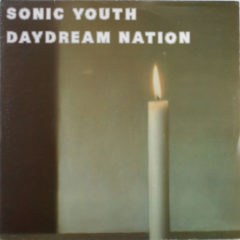
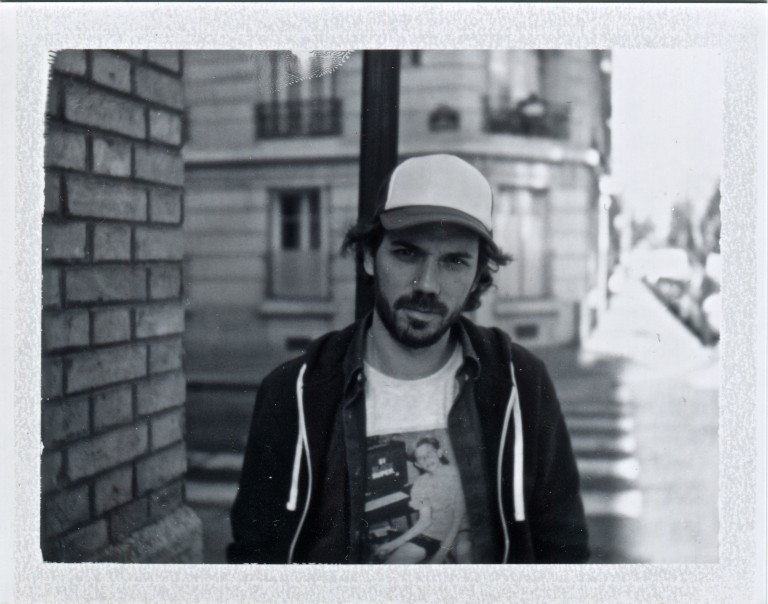
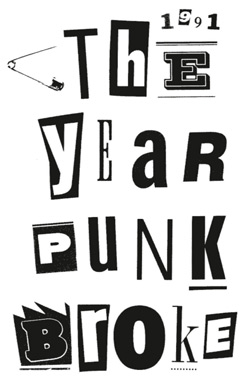
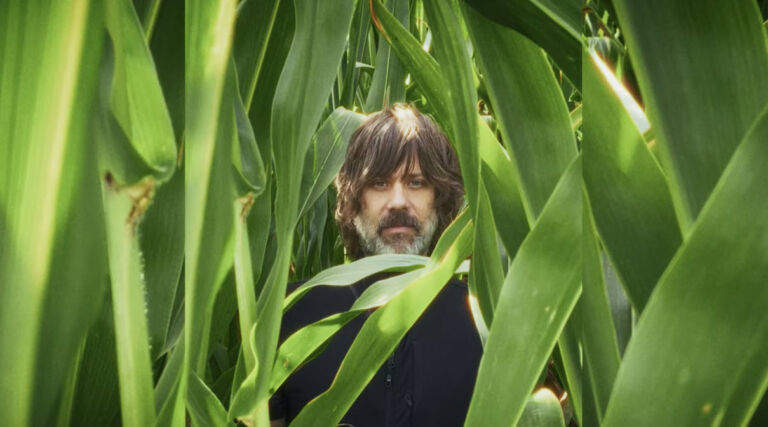
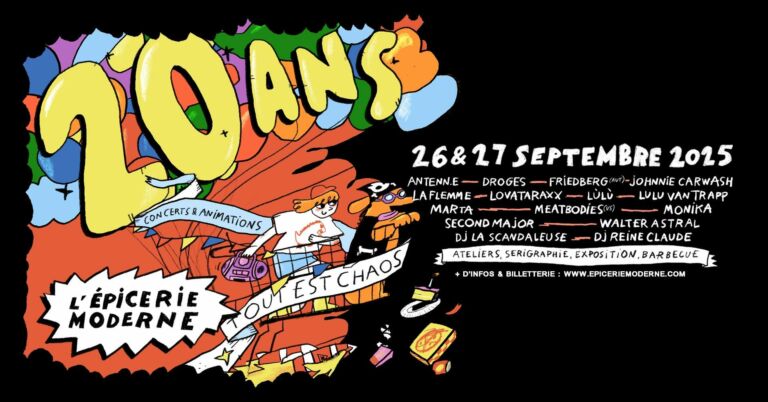
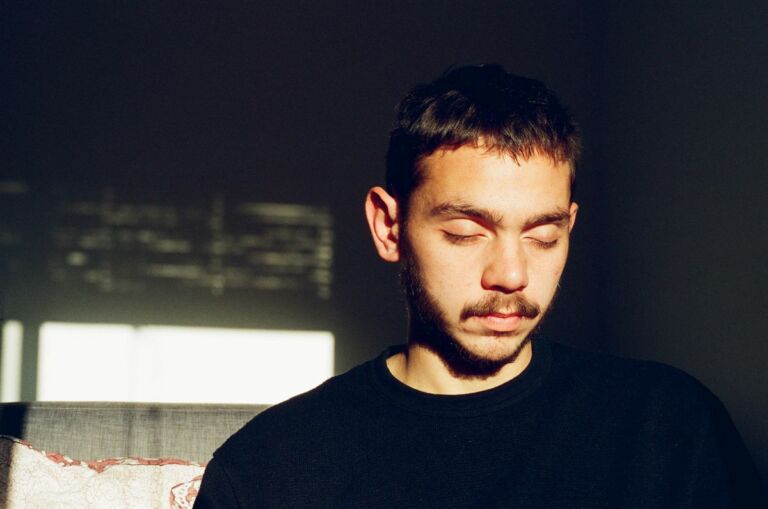
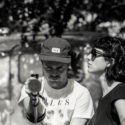 Parlons concret avec les Concrete Knives
Parlons concret avec les Concrete Knives 5 Questions à … Lake Folks
5 Questions à … Lake Folks